A two-hour class on the analysis of the symbolic image within the course Transversality of symbolic thinking (20 hours). This course was taught to music teachers at the Valencia Conservatory of Music in December 2021. It had been promoted by the Higher Institute of Artistic Education of the Valencian Community (ISEACV), and was part of the Training of Trainers Program of the Valencian Government.
The symbolic image
—This is a summary of one of the classes
Engraving: Waves of Petals (1956) by Shiro Kasamatsu. 14.5 x 9.5 in. Ukiyo-e. Haykus by Yosa Buson (1716-1784) and Ueshima Onitsura (1661-1738).
We can compare the symbol to a mysterious fish that we perceive under the waters. We can sense that the fascination it exerts on us has to do with the secret it keeps. It is then a matter of exploring where this symbol comes from, what elements it is accompanied by, what echoes it awakens… but we must be careful not to get caught into a blunt and unidirectional reductionism, for in this case, the symbol would become an object of consciousness and transform into a sign. The sign always means something concrete, and the more univocal, the better. The symbol, on the contrary, can never be exhausted by consciousness. Jung writes about this:
“A symbol really lives only when it is the best and highest expression for something divined but not yet known to the observer. It then compels his unconscious participation and has a life-giving and life-enhancing effect.” Jung CW6, para 819
We can see in this beautiful engraving by Kasamatsu three multicoloured fish swimming beneath a multitude of cherry petals. The fish trace intersecting axes with their bodies, while the petals suggest circles and waves… to glimpse what is suggested in this image, we would have to analyze these various symbols in the context of Japanese culture: the fish, the cherry blossom, the number 3, the multiple, the circle, the wave, the water, the sky, the colours that have been used, and so on. But here, we are going to do just a sketch of the work.
Cherry blossoms have a deep resonance in Japanese culture, as we can gather from reading the two haikus next to the engraving. The petals that fall from the branches of the cherry trees evoke the sky, but also the wind, the spiritual connection with nature, the fleeting beauty that dazzles the senses, the exquisitely scented, the incredibly delicate, the ungraspable, spring, the passage of life, death, cyclical rhythm…
The fish, for its part, is such a complex symbol that Jung wrote an entire article about it (1951). As we read stories and myths from the Eastern culture, we discover that the fish points towards the mystery of origins, the depths of the world, the very matrix of the earth… Now, the Koi fish (like those in the engraving) has, in addition, its own special tales. A legend of Chinese origin tells how a group of Koi fish struggled up the course of a river. When they reached a waterfall, many were discouraged and fell back into the current, but others tried to jump over the waterfall. This attracted the attention of some demons who, displaying their annoying nature, increased the height of this already tall waterfall. A single koi stood firm then, fighting against the current and redoubling its efforts for years; when he finally managed to jump high enough to overcome the waterfall, the gods were so impressed by his perseverance that they transformed him into a dragon. To better understand this tale, it is important to note that in Eastern culture, the dragon is highly valued, for it is mainly associated with the yang principle.
Thus, we can perceive in Kasamatsu’s engraving a fascinating interplay of opposites that are subtly connecting over the elusive line that separates water from air: the vegetal nature and the animal one, that which is high and falls, and that which is low and rises, the embodiment of delicacy and the embodiment of power, that which is ephemeral and that which perseveres… As we amplify the symbols, emotions arise and we are drawn towards transcendence. This is what Jung called the symbolic attitude; our ability to go beyond signs, to delve deeper into the mystery behind certain images…
Vandendorpe, December 2021
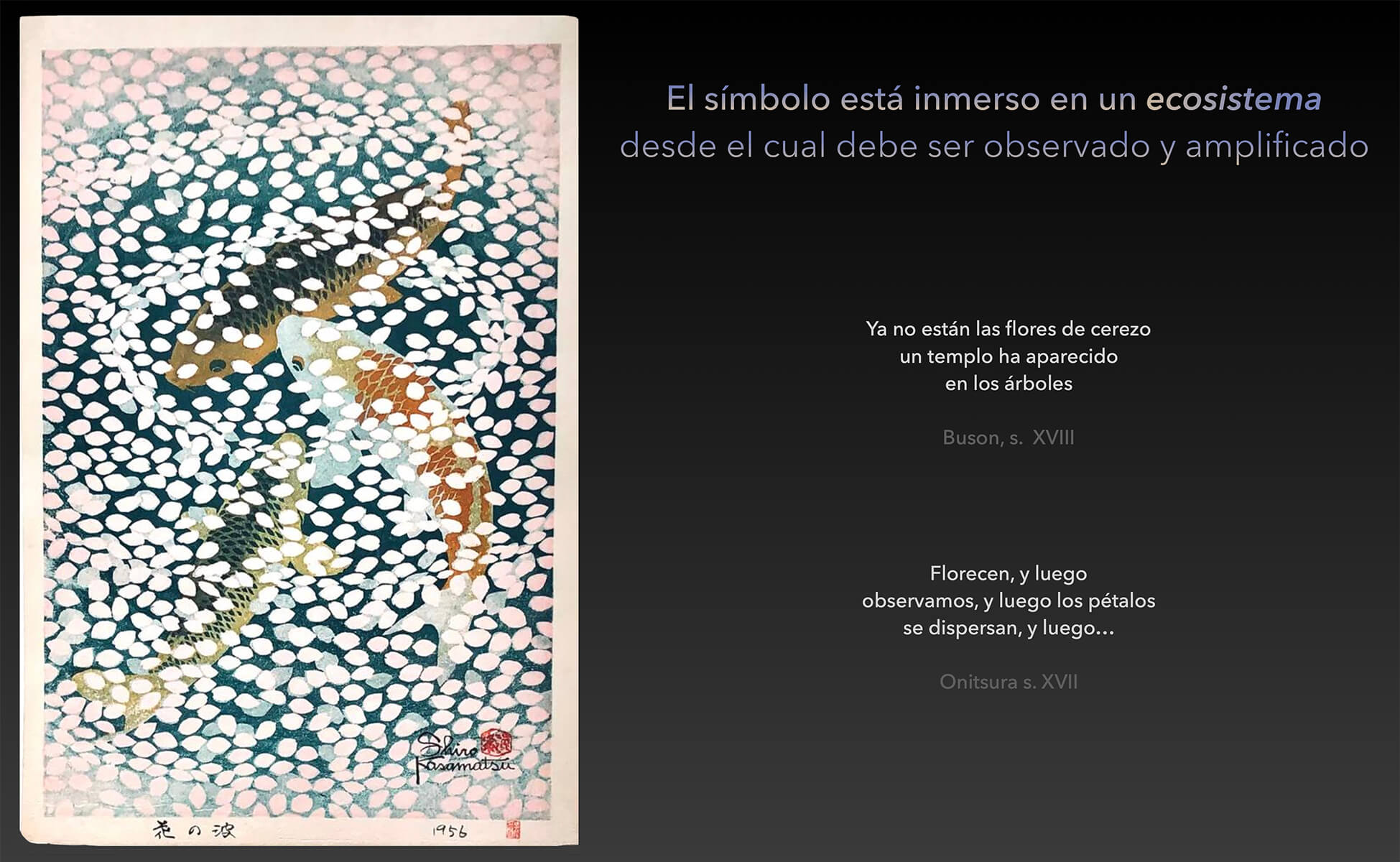
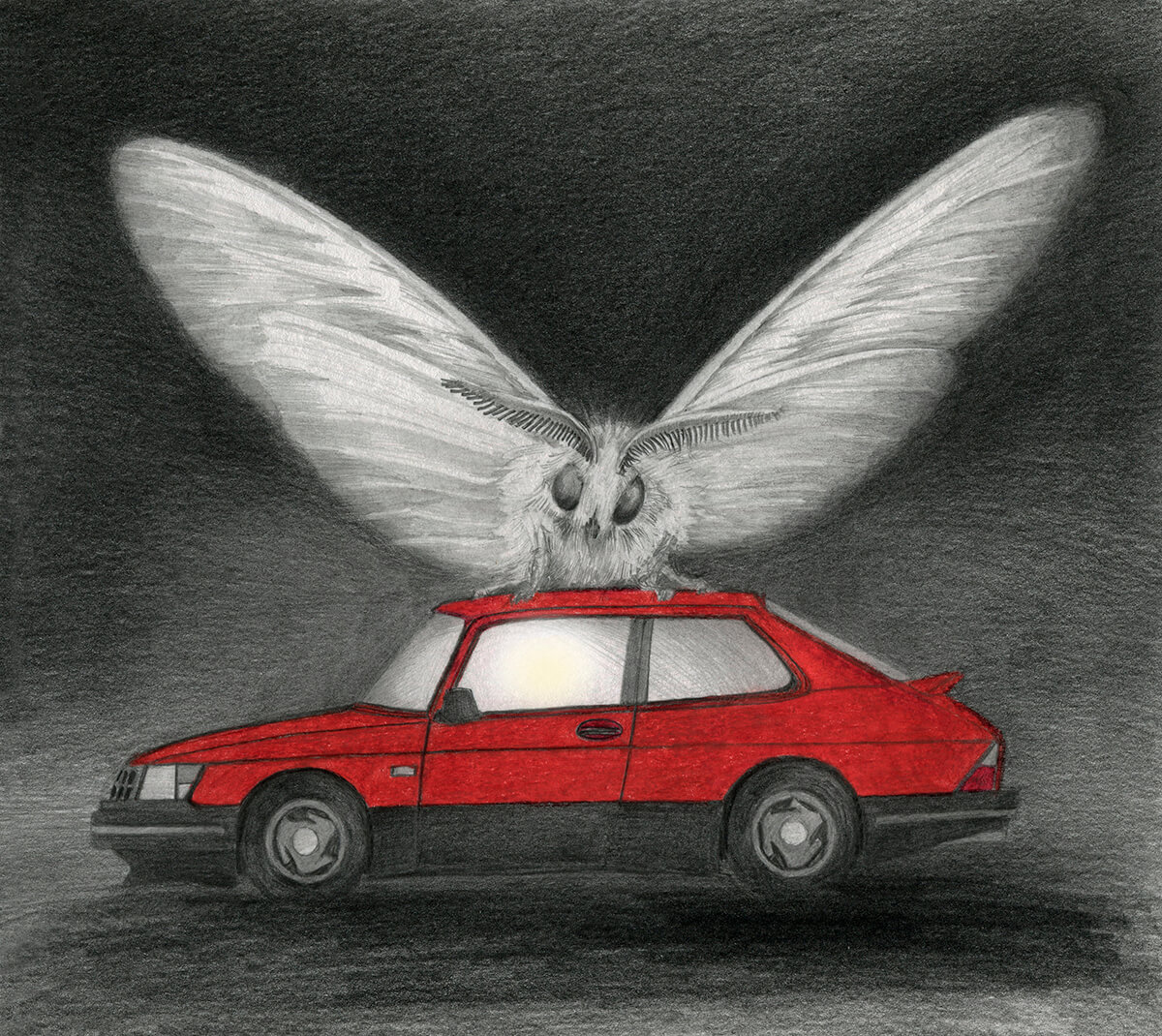
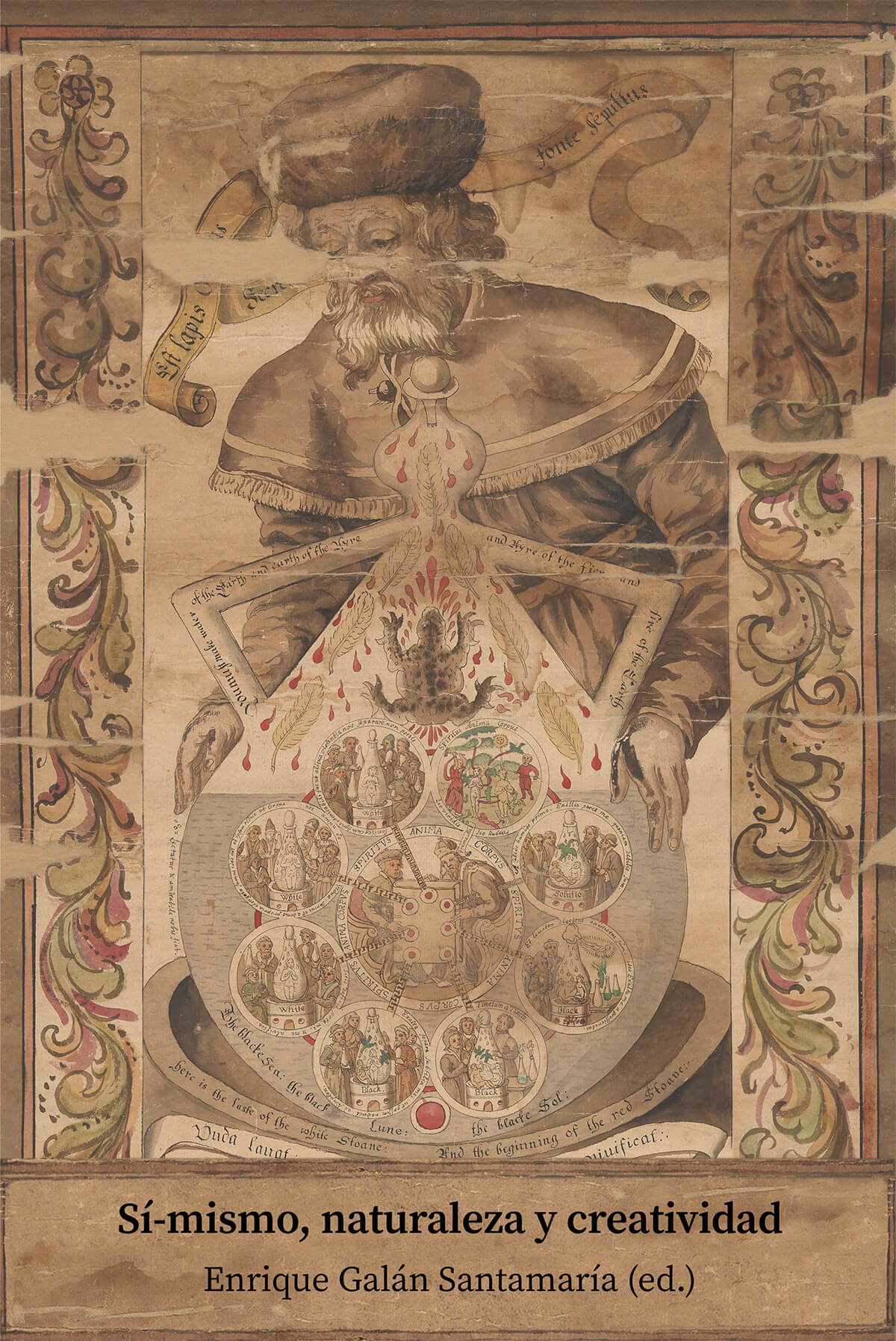
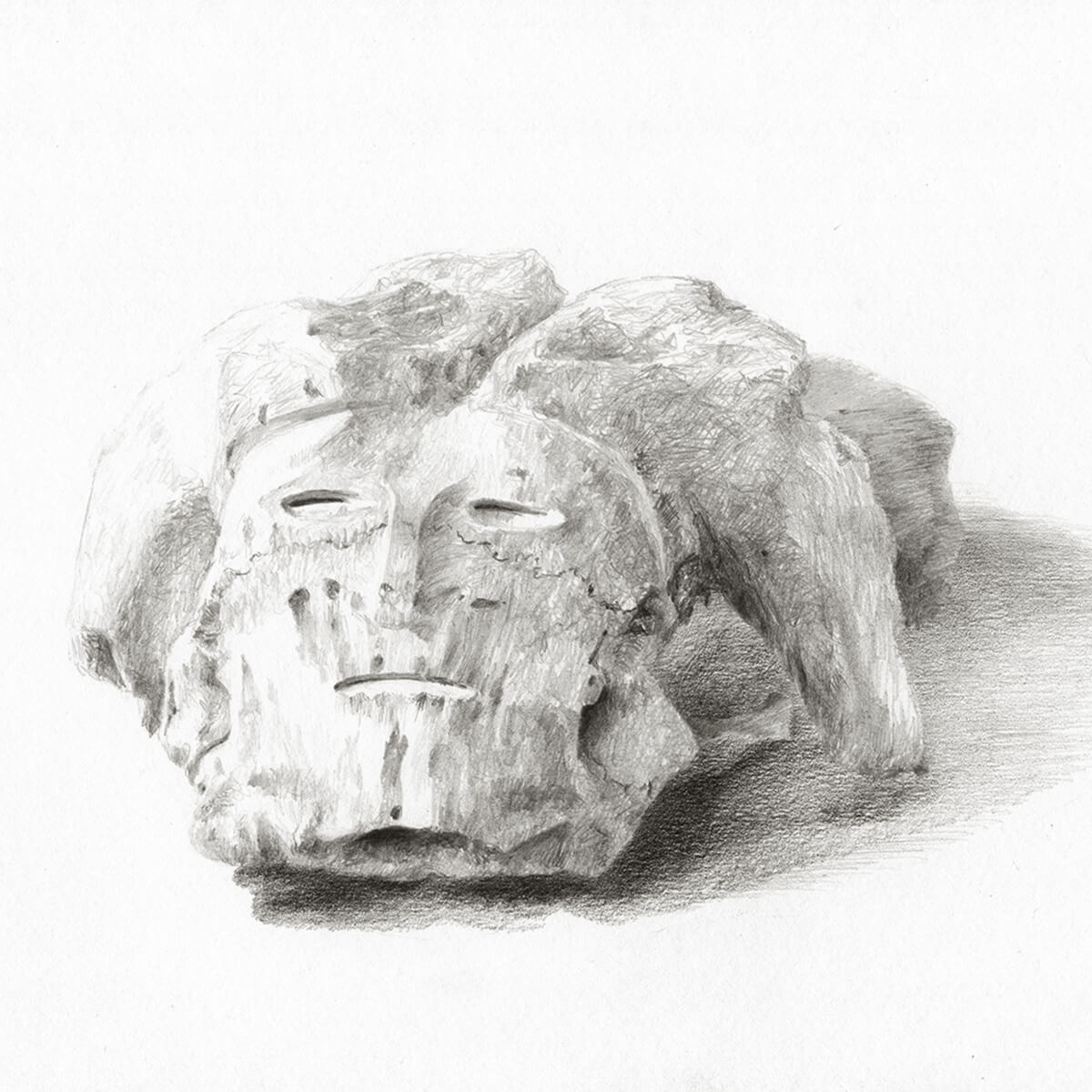
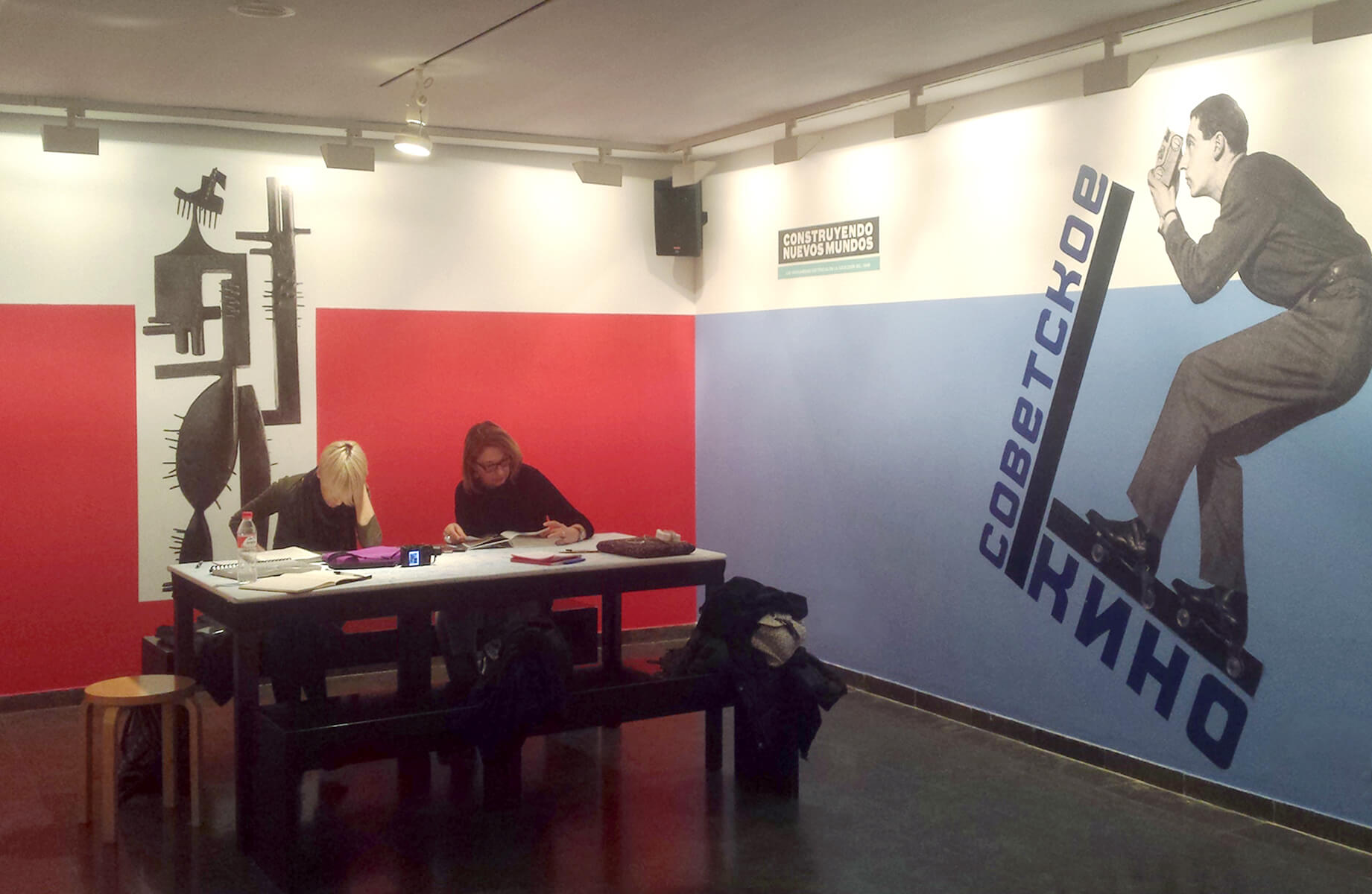
0 Comments